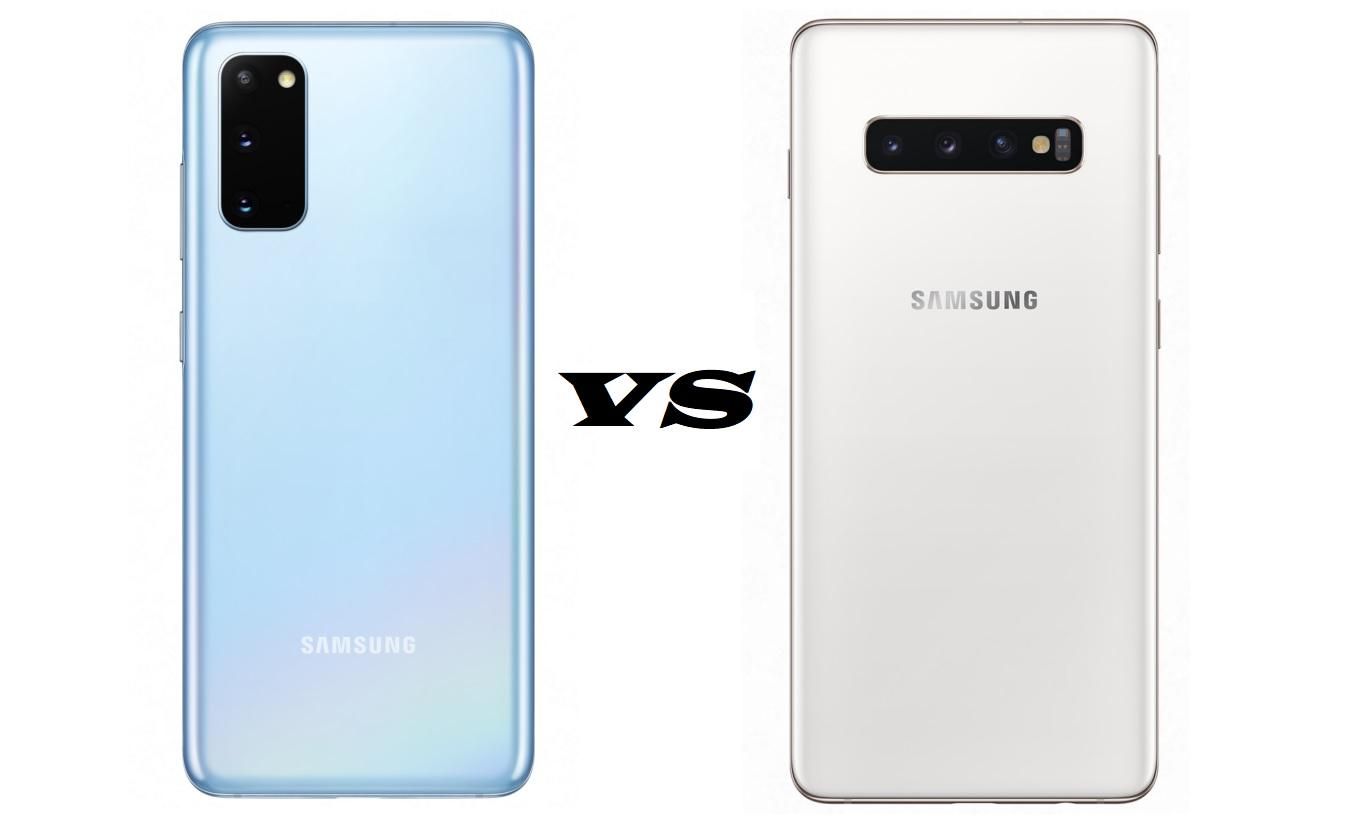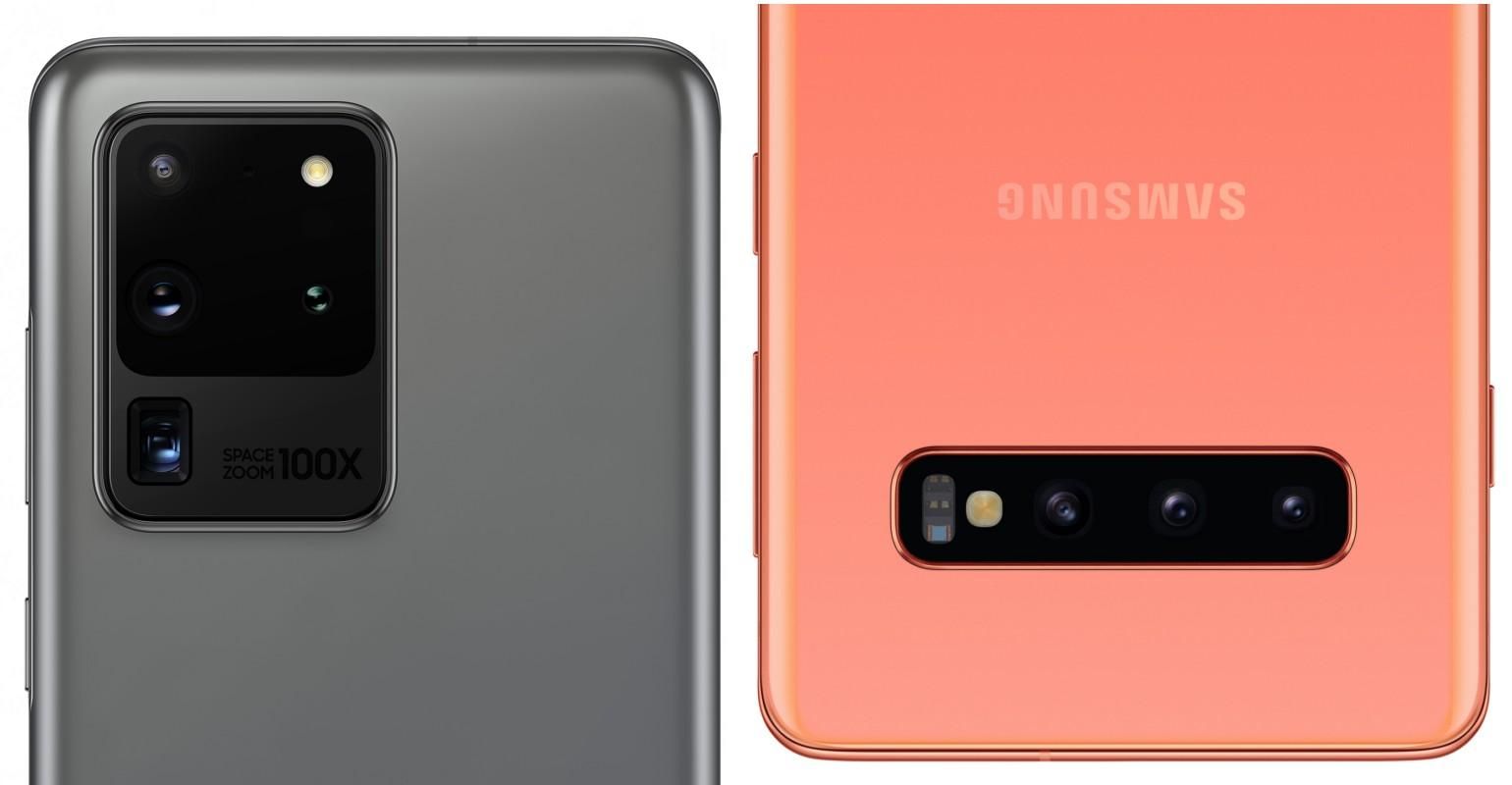Samsung’s Galaxy S20 is out now, and as expected, the company has packed the latest and greatest hardware it could lay its hands on inside the new flagship. Of course, all that upgrade also comes at a starting price of $999 and goes all the way up to an eye-watering $1,599 for the Galaxy S20 Ultra.
If you already have the Galaxy S10, you surely must have contemplated switching to the new Galaxy S20. Or, if you are long overdue for an upgrade, the Galaxy S20 must appear to you like a phone of your dreams with all its flashy design, smooth 120Hz display, brute power, and versatile cameras.
But here’s the big question: Should you buy the Galaxy S20, or is the Galaxy S10 still a serviceable phone? If you ask us, the answer is NO. You should not upgrade from the Galaxy S10 to the Galaxy S20 for reasons more than one. Also, if you want to save a few hundred dollars, get the Galaxy S10 instead. Here’s why:
120Hz display: Good,but not essential
One of the key talking points of the Galaxy S20 series is the Super AMOLED display with a 120Hz refresh rate. Yes, the UI transition looks and feels smoother on the Galaxy S20’s 120Hz panel and it is instantly noticeable, but it is not worth paying $250. There are not many games or content available that can take advantage of the 120Hz refresh rate and make it an essential feature worth splurging on.
Moreover, the GalaxyS10 also has a Super AMOLED display with a similar QHD+ resolution as theGalaxy S20. Content appears sharp, viewing angles are good, and colourreproduction is best in class on both phones. So, the point of upgrading on themerits of display quality improvement has little to no substance.
Raw power: Snapdragon865 is fast, but Snapdragon 855 is fine too
Samsung Galaxy S20 series is powered by the Snapdragon 865 SoC – the fastest chip in Qualcomm’s portfolio – paired with 12GB of LPDDR5 RAM. Yes, the combination screams peak performance. But the Snapdragon 855 coupled with 8GB of RAM inside the Galaxy S10 can still handle any task you throw at it with ease. Be it heavy multi-tasking and playing demanding games at the highest possible graphics settings, the Galaxy S10 can ease past all of it.
Cameras: More megapixels, but versatility remainssame
The Samsung Galaxy S20 ups the ante with higher resolution cameras, but the layout remains the same as the Galaxy S10 – a regular 12-megapixel wide-angle camera + ultra-wide angle lens + telephoto camera. The Galaxy S20 series goes all the way up to 108-megapixel, but the Galaxy S10’s cameras are still among the best the industry has to offer, and won’t leave you wanting for better output in a majority of scenarios.
Yes, 8K video capture on Galaxy S20 is new, but 8K videos gobble up storage unlike anything and finding the right hardware to play such footage is still a hassle in itself. As for the heavily marketed 100x space zoom feature, it is a notable addition. However, it has its own quality issues and is not a feature that warrants a premium of over $600 to have on the Galaxy S20 Ultra compared to the Galaxy S10.
Design and build: Old book, new cover
Both the Galaxy S10 and Galaxy S20 series phoneshave a metal and glass build, and both the generations come with an IP68 ratingfor dust and water resistance. There is support for wireless charging on theGalaxy S10 and Galaxy S20 as well. As far as design goes, it would boil down tothe personal taste of buyers. But we prefer the more symmetrical approach adoptedby the Galaxy S10 compared to the huge camera bump on the Galaxy S20 trio.
5G: Future of connectivity, but not ripe yet
Galaxy S20 bets big on 5G, the next generation ofcellular connectivity. Yes, it is safer to go with the more future proof GalaxyS20, but the state of 5G rollout is something you should take intoconsideration. The faster mmWave 5G is plagued by range issues and is notwidely available, while the more prevalent sub-6GHz doesn’t offer significantspeed gains over 4G. So yeah, it seems wiser to wait for the 5G ecosystem tomature and save a few hundred dollar bills in the process, rather than jumpingthe bandwagon with the Galaxy S20 and not being able to fully take advantage ofwhat 5G promises.




